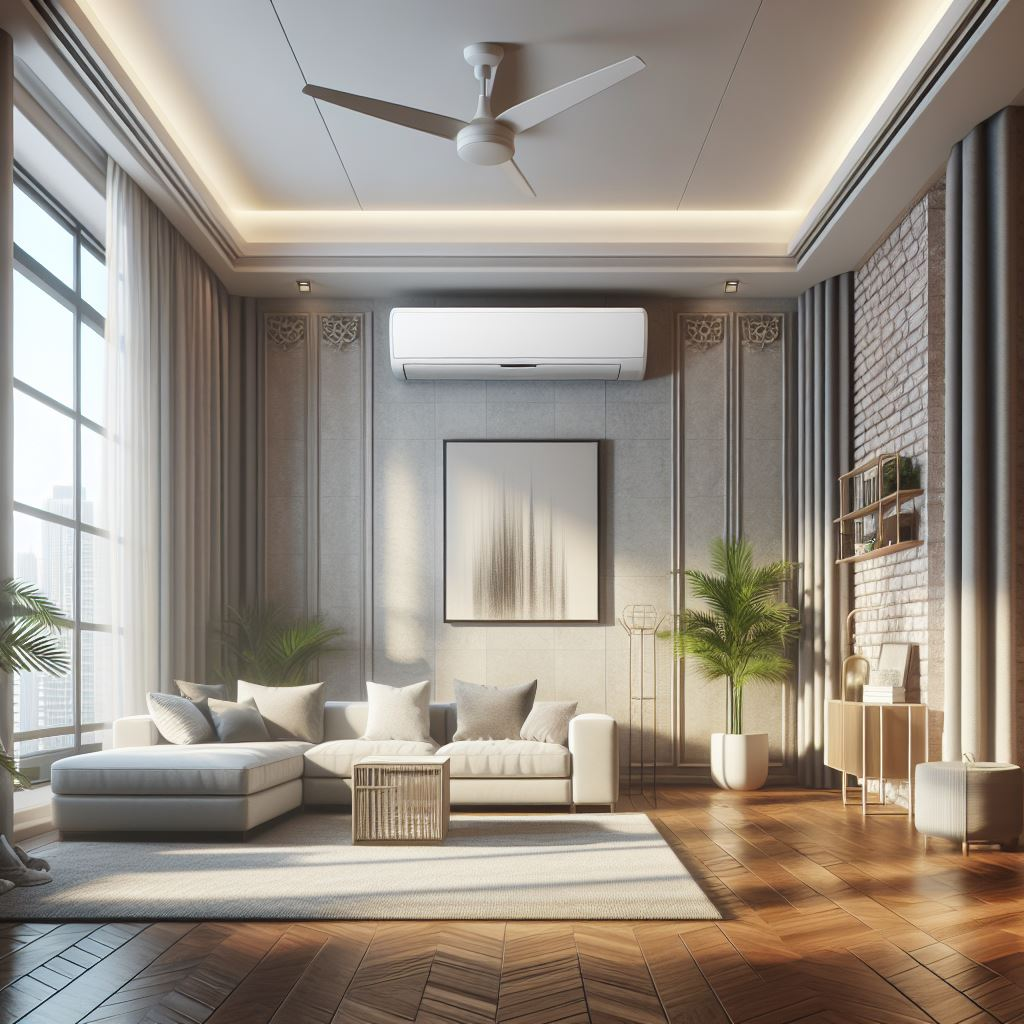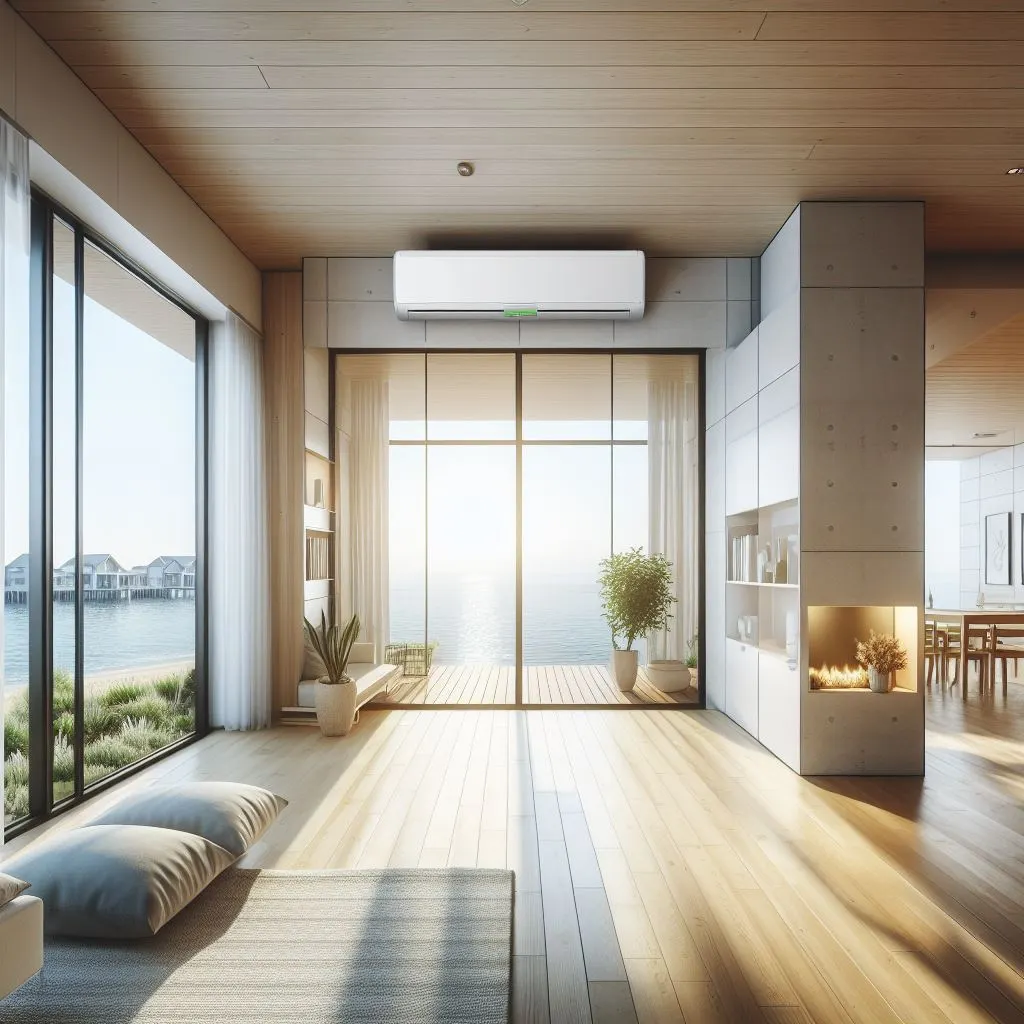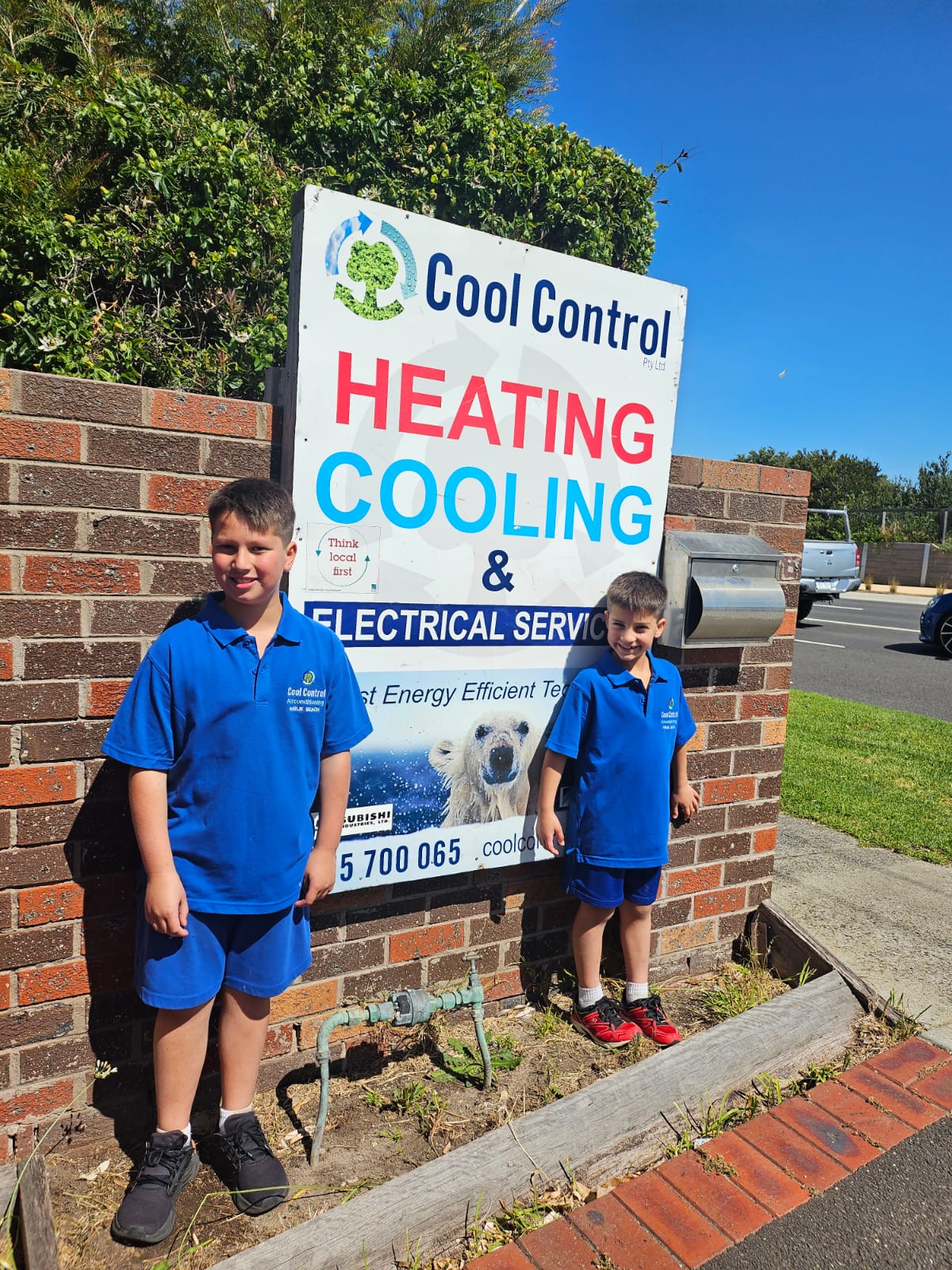The Silent Threat: Carbon Monoxide
As winter’s chill descends upon our homes, we turn to our trusty HVAC systems for warmth and comfort. But within the cosy embrace of these systems lies a hidden danger: carbon monoxide (CO). This colorless, odorless gas can silently infiltrate our living spaces, jeopardising health and well-being. Let’s delve into the authoritative realm of CO safety, debunk misconceptions, and explore preventive measures.
Understanding Carbon Monoxide and HVAC
- Myth Dispelled: Air conditioners do not cause carbon monoxide poisoning. They don’t burn fuel or produce CO. Instead, it’s our heating equipment—the furnace, boilers, and gas-powered heaters—that demands our vigilance.
- The Risk: CO leaks often emanate from fuel-burning appliances or malfunctioning heating systems. These leaks can occur in poorly ventilated areas, such as homes, offices, or even caravans.
Detecting and Responding to Carbon Monoxide Leaks
- Carbon Monoxide Detectors: Install CO detectors strategically throughout your space. Regularly check their functionality and replace batteries. Interconnect alarms to ensure swift detection.
- Heater Maintenance: Prioritise annual HVAC maintenance, especially for gas heaters. Here’s what you should do:
- Professional Inspection: Engage a qualified HVAC technician to inspect your heating system. They’ll examine heat exchangers for cracks—a common source of CO leaks.
- Kitchen Equipment: If you own a restaurant, have the same company inspect gas-burning cooking appliances. Safety extends beyond the dining area.
- Professional Inspection: Engage a qualified HVAC technician to inspect your heating system. They’ll examine heat exchangers for cracks—a common source of CO leaks.
- Recognising Symptoms: CO poisoning symptoms include headaches, fatigue, nausea, and chest pain. Prolonged exposure to low levels can be insidious. If multiple people exhibit these signs, act promptly.
Heater Maintenance: Shield Against CO Leaks
- Annual Tune-Ups: Schedule yearly HVAC inspections. During these tune-ups:
- Inspect Heat Exchangers: Cracks in heat exchangers can lead to CO leaks. Technicians use specialised equipment to detect flaws.
- Check for Faults: Thoroughly examine all components. Address any issues promptly.
- Gas fitter Expertise: Hire licensed gas fitters. They understand gas appliances intricately and spot potential hazards.
- Inspect Heat Exchangers: Cracks in heat exchangers can lead to CO leaks. Technicians use specialised equipment to detect flaws.
- Age Matters: If your gas heater is over ten years old, consider annual servicing. Newer units can be serviced every two years.
- Air Filters: Keep your air filters clean. Proper airflow ensures efficient combustion and minimises CO risk.
Emergency Protocol When Detectors Sound
- Evacuate: If CO detectors sound an alarm, evacuate immediately. Prioritise safety over all else.
- Ventilation: Open windows and doors to allow fresh air circulation. Ventilation dilutes CO concentration.
- Professional Intervention: Call an HVAC expert to inspect and rectify the issue. Do not re-enter until the all-clear is given.
Conclusion: Safety First
HVAC systems provide warmth and comfort, but vigilance is paramount. Regular maintenance, CO detectors, and awareness can save lives. Remember, it’s not the air conditioner—it’s the heater that demands our attention. Stay informed, stay protected, and enjoy a cosy winter without compromise.
Stay warm, stay safe! 🌡️🏠



